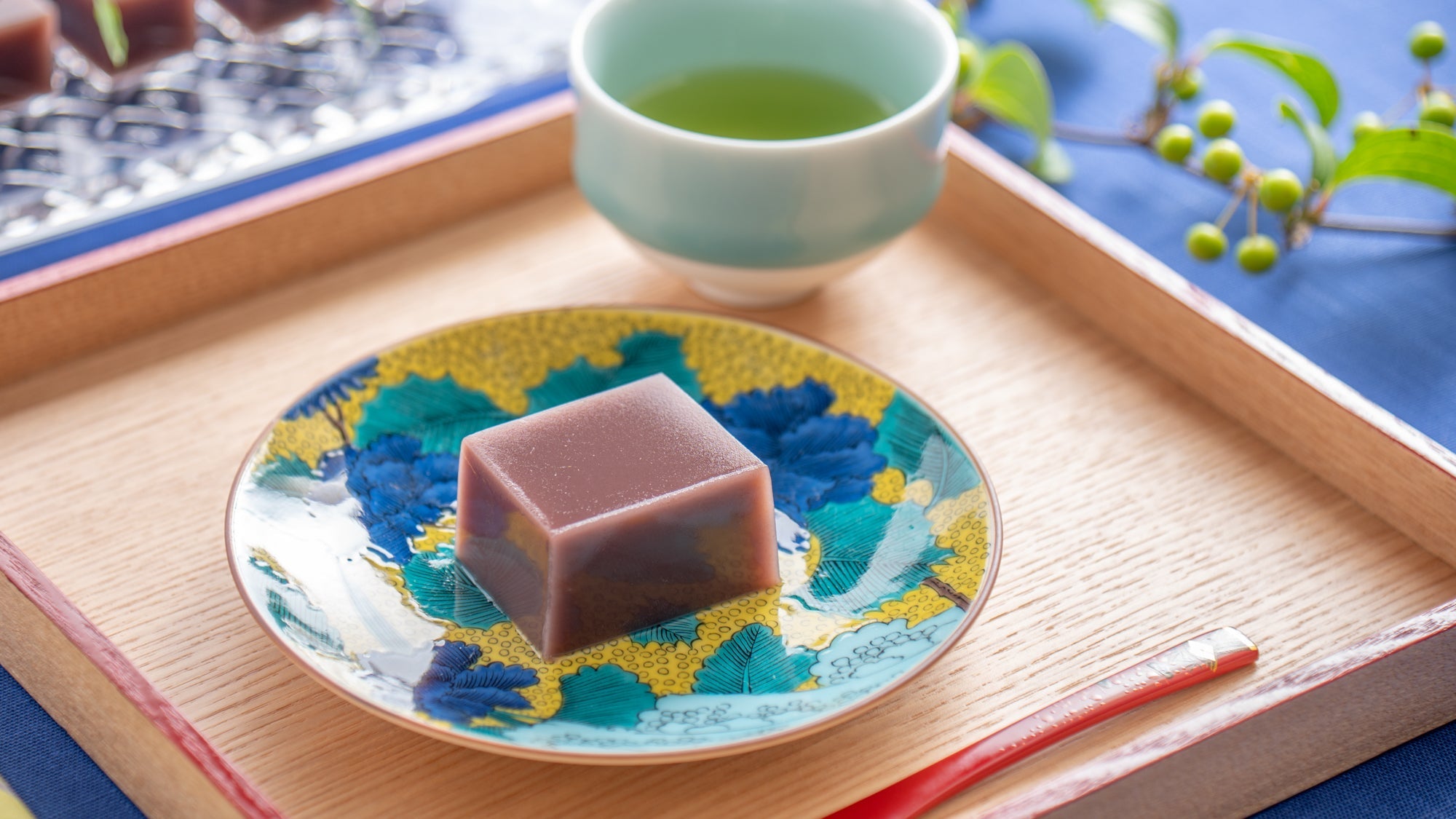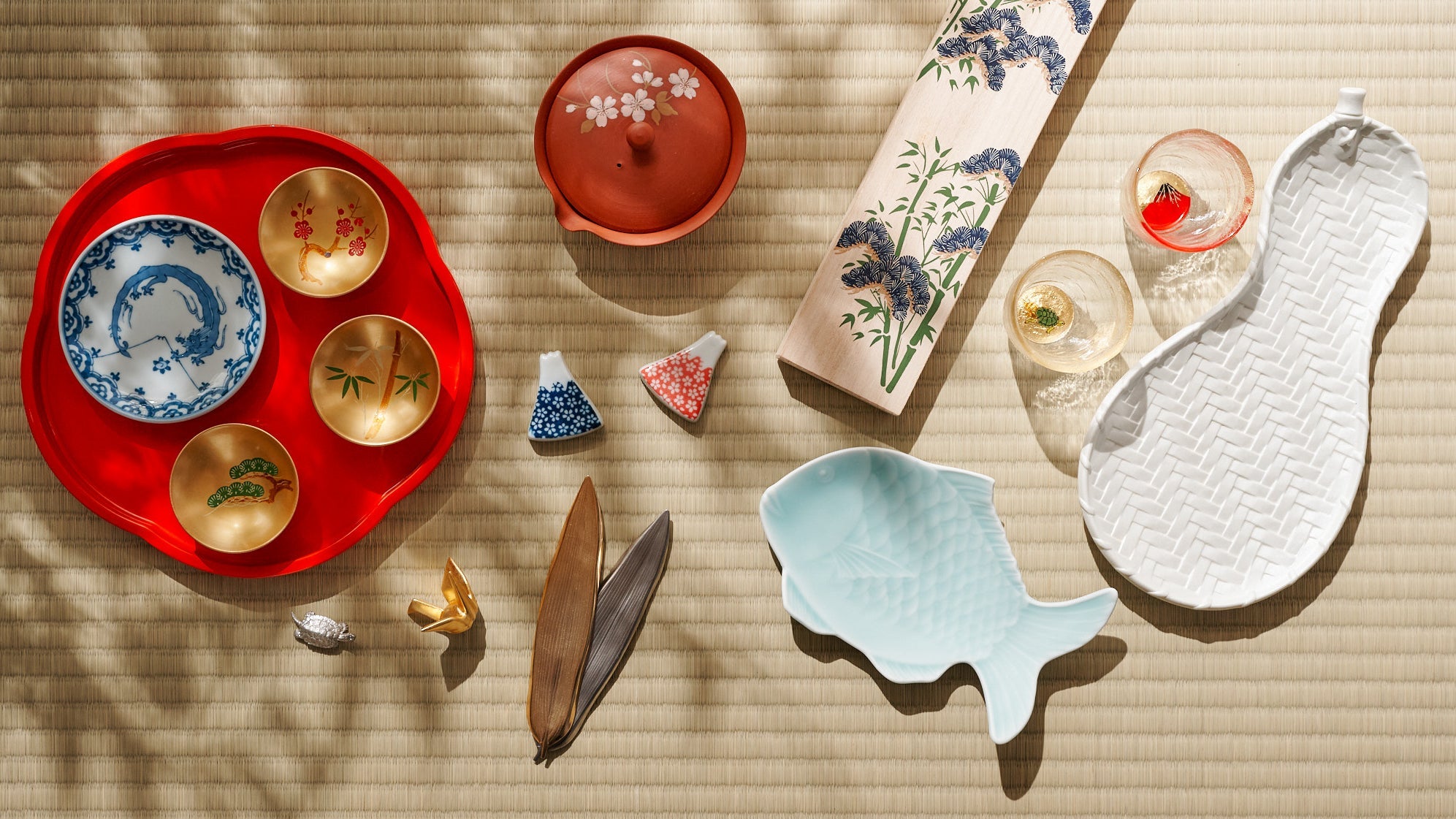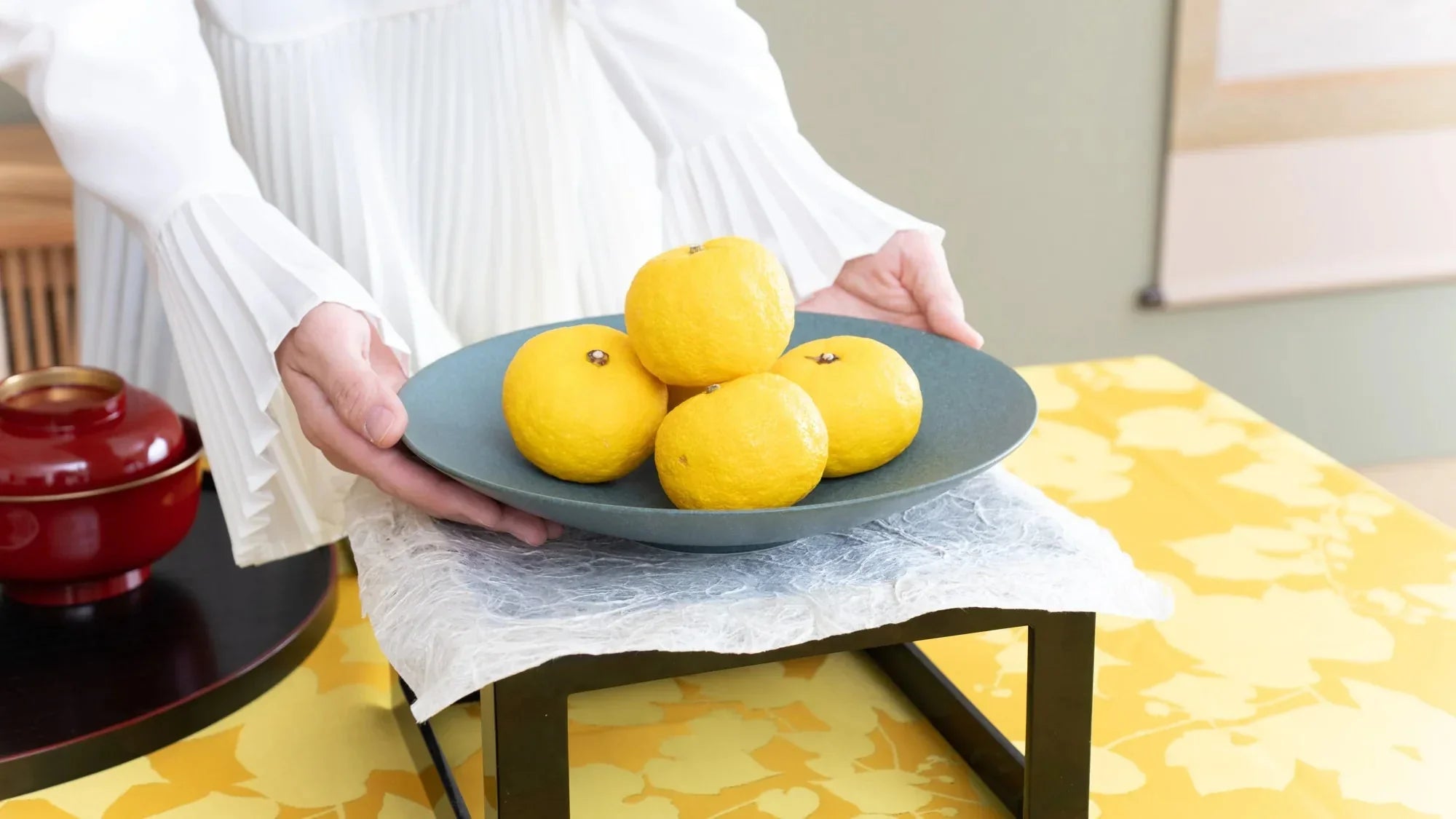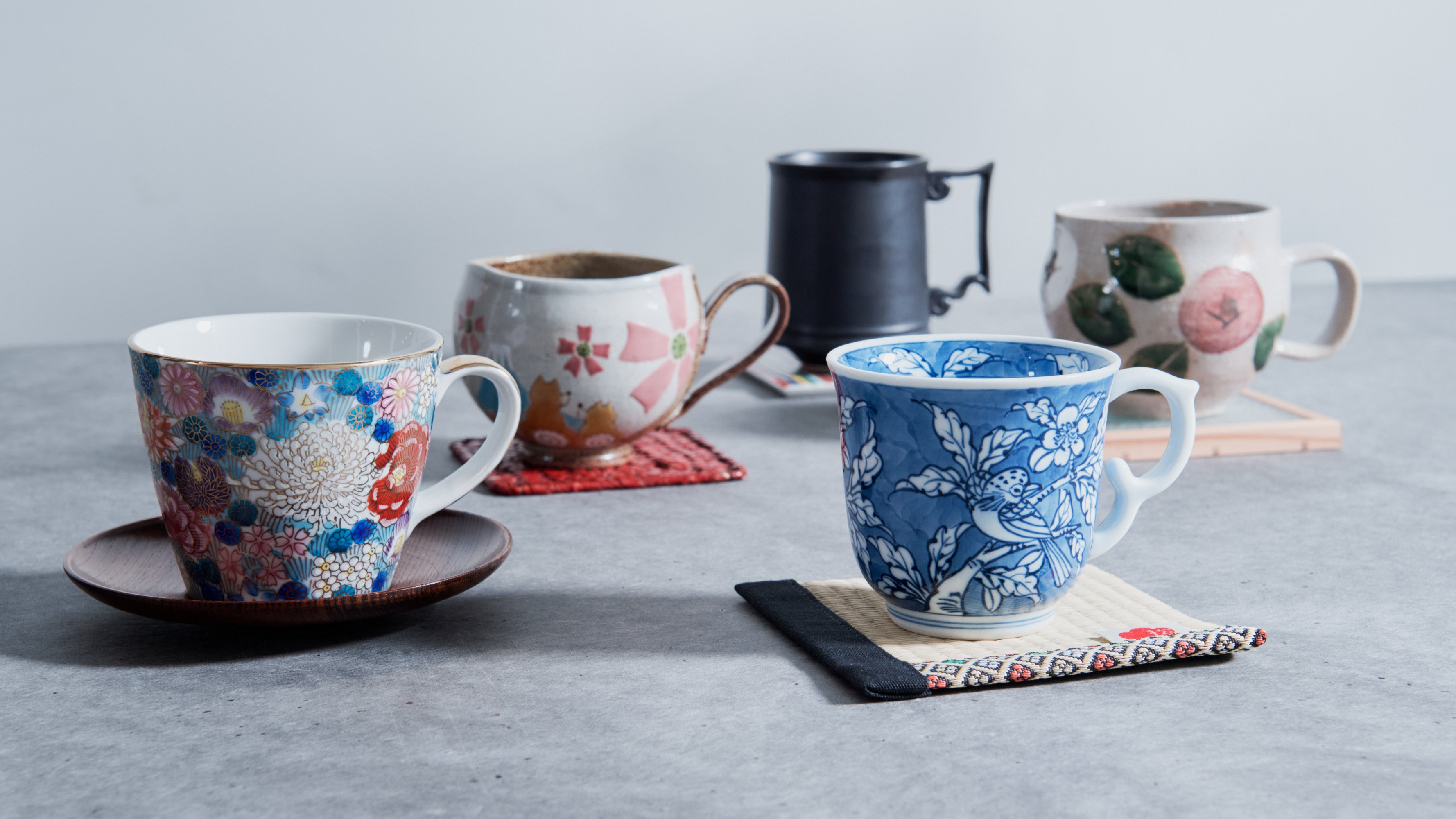
Recipe: Mizu Yokan for A Sweet Summer Table
Written by Team MUSUBI
There’s something nice about making a treat from scratch, especially something chilled on a hot day. When you take the time to make it, it feels like more than just a dessert—it’s a little reward, made by you, for you.
This summer, try making mizu yokan, a classic Japanese confection that’s light, gently sweetened, and easy to chill ahead of time. It’s simple, beautiful, and refreshing, just right for a quiet break on a sweltering afternoon.
In this journal, you’ll find a beginner-friendly recipe to prepare at home. Once your mizu yokan is cool, smooth, and sliceable, you might catch yourself smiling before the first bite. Serve it chilled, maybe with green tea, maybe with good company. And if you’re wondering what kind of dish suits a moment like this, we’ve got you covered with serving ideas to match.
Table of contents
How to Make Mizu Yokan
Mizu yokan may look fancy, but with the right recipe, it’s not that difficult to make. You don’t need any special tools or rare ingredients, just a pot, a mold, and a few things you can likely find at an Asian grocery store or online.
Here’s What You’ll Need:
- 17 fl oz (500 ml) water
- About 1¼ teaspoons (4 g) powdered agar
- About 1¼ cups (300 g) smooth red bean paste (koshian)
- A pinch of salt
1 saucepan
1 heat-resistant spatula
1 bowl of ice water (wide enough to fit the base of your saucepan)
1 stainless steel mold (rectangular or square works best)
1 large flat plate (for flipping and slicing the set mizu yokan)
How to Make It:
1. Combine the water and powdered agar in a saucepan. Stir well to dissolve the agar as much as possible, then bring to a boil over medium heat.

2. Once boiling, reduce the heat to low and simmer for 1 to 2 minutes, stirring constantly to fully dissolve the agar.

3. Add the red bean paste and salt. Stir over low heat until the mixture is completely smooth and evenly blended.

4. Place the saucepan into a bowl of ice water and stir gently until the mixture begins to thicken slightly. It should become syrupy but still pour easily.

5. Lightly rinse your mold with cold water, then pour the mixture in. The rinse helps with an easy release later.
6. Let it cool at room temperature, then transfer to the refrigerator until fully set.
7. Once firm, flip the set mizu yokan onto a large flat plate and slice into neat rectangles.

Extra Tips:
- A rectangular or square mold gives you tidy, elegant slices.
- Don’t skip the pinch of salt—it subtly deepens the flavor.
- Chill fully before slicing to keep the texture smooth and clean.
- Wipe your knife between each slice to keep the edges sharp and neat. It makes a big difference, especially when plating.
A Setting that Fits the Flavor
Once your mizu yokan is chilled and ready, plating it becomes part of the fun. Whether it’s a quiet moment to yourself or something you’re sharing, the way you serve it can bring everything together and make the moment feel even more memorable.
For a Quiet Teatime Alone

Sometimes, one slice is enough.
A simple, square porcelain plate with single blue lines offers a clean, modern look that lets the yokan’s neat shape stand out.
Pair it with a celadon teacup. The light bitterness of Japanese green tea balances the yokan’s sweetness, and the soft green of the glaze adds a cooling note.

For a Small Gathering
If you’re serving yokan to a guest, this is a nice chance to bring out something a little special.
Slice the mizu yokan and lay it out on a glass plate like this rectangular Edo Kiriko glass plate. The light plays beautifully along the edges, catching on each cut surface of the glass.
If you want to give the pale mizu yokan a strong visual anchor, serve each piece on a richly patterned Kutani ware sauce plate. The bold colors create a contrast that draws the eye and brings out the clean shape of the dessert. A high-rimmed wooden tray keeps everything in place and defines each setting, giving the table a composed look.

A new go-to recipe can spark more than just good flavors—it can lead to small discoveries and moments that stay with you. We hope this one does exactly that, offering not just the ease of a Japanese summer sweet but also the joy of setting the table with a few seasonal favorites.







Leave a comment
This site is protected by hCaptcha and the hCaptcha Privacy Policy and Terms of Service apply.